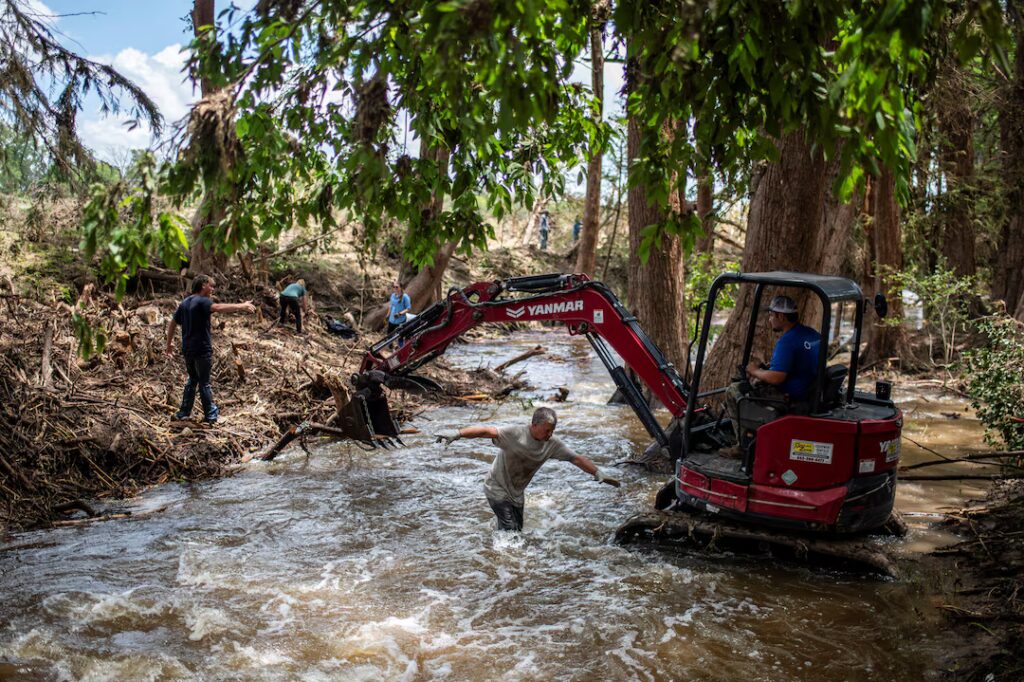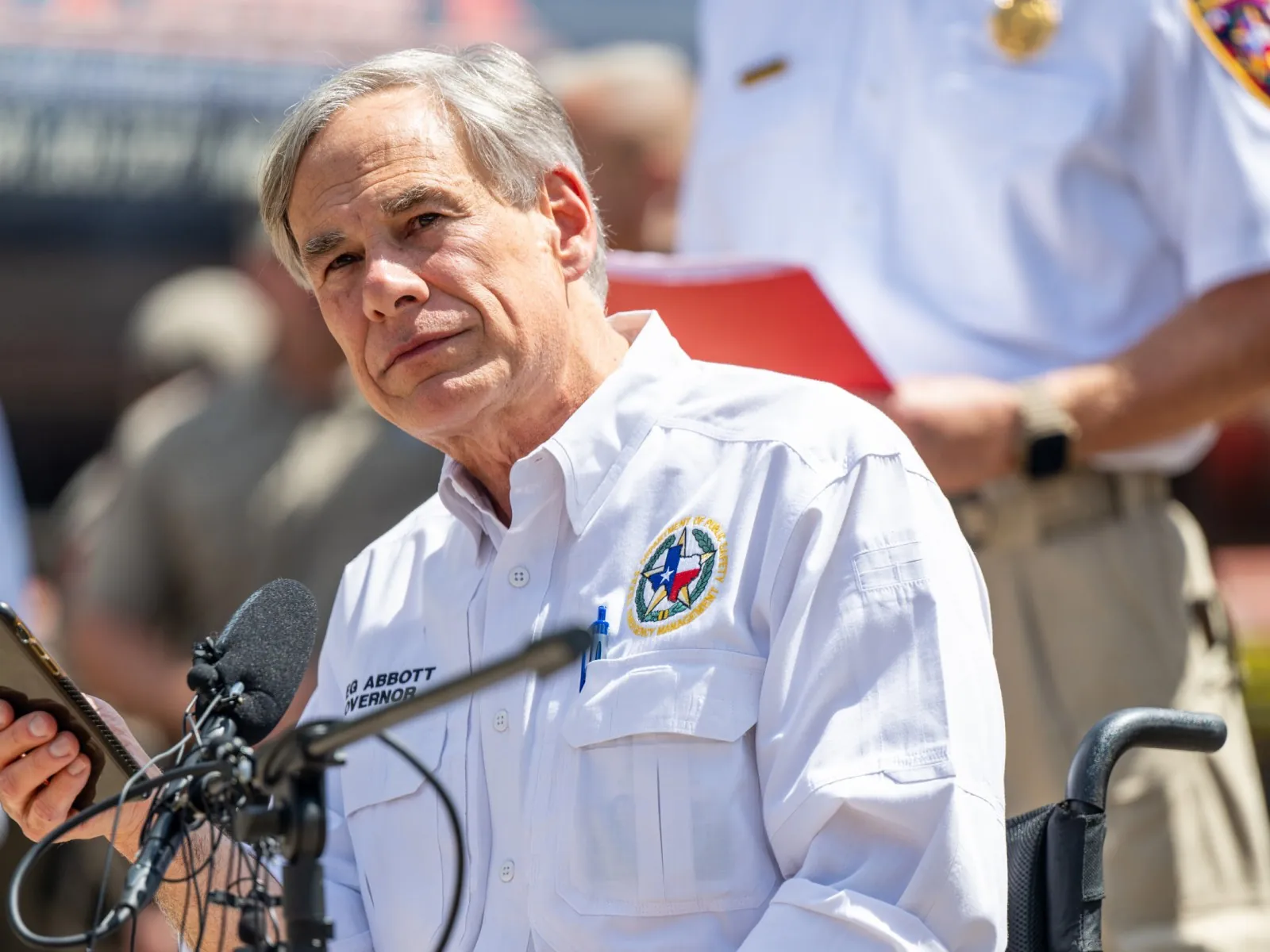In the aftermath of the catastrophic floods that ravaged Central Texas, Governor Kristi Noem has taken center stage, vigorously defending the Federal Emergency Management Agency (FEMA) amid a chorus of scrutiny and public concern. With the floodwaters only just beginning to recede, the debate over the speed and effectiveness of the federal response has reached a fever pitch. Yet, Noem maintains that “FEMA acted with urgency and compassion,” dismissing what she describes as unfair criticism of the agency’s efforts.
“Every resource was mobilized to save lives and restore communities,” Noem declared during a press briefing, emphasizing the agency’s commitment to Texans in their hour of need.
The disaster began on July 4, 2025, when torrential rains swept across the Texas Hill Country, causing the Guadalupe River to rise more than 26 feet in just 45 minutes.
The flooding was unprecedented, with rainfall totals in some areas exceeding 20 inches—equivalent to four months’ worth of rain falling in a single day. The result was devastation: at least 129 fatalities confirmed, over 170 people reported missing, and entire communities submerged.
Flash flood emergencies were declared for multiple counties, and summer camps were particularly hard hit, with tragic loss of life among children and staff.
The National Weather Service had issued early warnings, but the sheer intensity and speed of the flooding overwhelmed local systems and responders.
FEMA’s Response Under the Microscope

As the scale of the disaster became clear, FEMA was activated following a major disaster declaration by President Trump on July 6.
Noem, who was on the ground with Texas Governor Greg Abbott, praised the rapid deployment of resources and the close partnership between federal, state, and local authorities.
However, reports quickly surfaced that FEMA’s deployment of Urban Search and Rescue teams was delayed, with teams not authorized to mobilize until Monday, July 7—more than 72 hours after the flooding began.
Multiple teams from Indiana, Arizona, Colorado, Missouri, and Nevada drove for nearly 20 hours to reach Texas, only beginning field operations a week after the initial disaster. By then, no new survivors had been found since July 4.
“In a disaster of this scale, challenges are inevitable. What matters is how we respond, adapt, and support each other,” Noem said, urging patience and understanding as recovery efforts continue.
The Human Toll and Ongoing Efforts
The human toll has been staggering. Families have been separated, homes destroyed, and communities left reeling. Local officials and residents voiced frustration over delays in aid distribution and communication lapses, with social media amplifying stories of stranded families and overwhelmed shelters. Maria Alvarez, a Houston resident, recounted:
“We waited for hours before help arrived. It was terrifying, but when FEMA showed up, it brought hope.”
Despite the criticism, Noem emphasized the “tireless efforts of first responders and volunteers,” who worked around the clock to rescue survivors and provide essential aid.
The United States Coast Guard also played a vital role, deploying helicopters and aircraft equipped with thermal cameras to search for missing persons, ultimately rescuing more than 850 people.
State and Federal Collaboration

Governor Abbott has also activated state emergency response resources, including swiftwater rescue boat squads from Texas A&M Task Force 1, to complement ongoing operations as new storms threaten the region.
Meteorologists warn that with the soil already saturated, even moderate rainfall could trigger additional flash flooding, prolonging the crisis for many communities.
Noem stressed the importance of collaboration:
“Disaster response is a team effort. We’re all working toward the same goal—restoring safety and normalcy for Texas families.”
She assured the public that ongoing assessments are being conducted to improve response strategies and ensure that no community is left behind.
Quote of the Day
Before concluding her remarks, Noem offered a message of hope and resilience:
“In the face of adversity, Texans have shown the world what it means to stand together. Our strength is in our unity.”
Looking Ahead
As Texas faces the daunting task of recovery, Noem calls for unity and resilience:
“Now is the time to come together, not to point fingers. We must rebuild—stronger than before.”
With the spotlight fixed on FEMA and state leaders, the nation watches closely to see if actions will match these bold words. For now, Noem remains unwavering, standing by FEMA and the promise that help is here, and hope is on the horizon.
